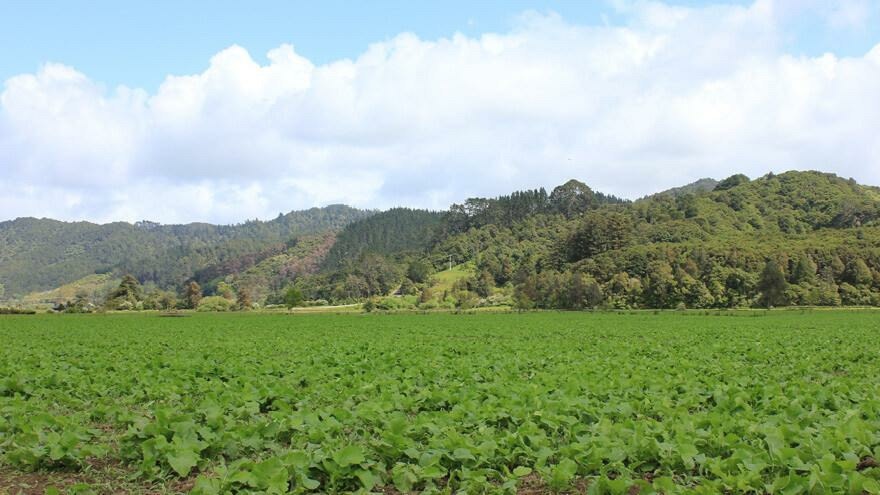
Understand your boron micronutrient levels this summer
Trace elements, or micronutrients as they are also known, are required in small quantities by plants and animals. A small deficiency can critically affect growth and development.
One micronutrient that is commonly observed as being deficient in many parts of New Zealand is Boron (B). B is often considered to only be required by plants for healthy growth, but research literature has shown evidence that it also influences metabolism and growth in animals.¹
In plants, B plays an important role in carbohydrate metabolism and protein synthesis. It also assists with the movement of calcium and sugars into growing parts of the plant. B is important for seed set and pollination and it is common practice to apply B to brassica and root crops to prevent conditions such as ‘brown heart’ and ‘hollow stem’.
A deficiency in legumes presents as the plant having a ‘bushy’ appearance due to the death of the stem tips and development of short stems. Leaves may be misshapen and crinkly. A deficiency is more likely to occur in soil types that are free draining, such as soils with a coarse and sandy texture with low organic matter, as these soils lose B through leaching in drainage water.
To determine a plant’s tissue B status, a plant herbage test should be taken for sampling and analysis. Plant analysis is an essential way to determine B status. Soil tests are less reliable indicators of potential plant utilisation and should not be used in isolation to determine a plant deficiency. Herbage tests are the most reliable tool to identify and confirm if visual symptoms are related to a B nutrient deficiency rather than related to fungal diseases such as 'dryrot' and Scelrotinia.
A plant tissue sample of clover is necessary due to the difference between B requirements of grass and of clover. Concentration of B is at its lowest in winter and early spring so the best time to test for B in clover samples is during summer when clovers are rapidly growing. It is also recommended to take a plant tissue sample of the youngest mature leaf in brassicas for analysis too.
If testing shows a B deficiency, prompt remedial action is required to mitigate the effects. Foliar applications of formulated B are a quick, accurate and cost-effective option that can be applied to the crop. B should always be included in starter fertiliser programmes for brassica crops.
Check your legume, brassica or seed crop plant tissue levels for boron in summer. For assistance taking a herbage test to analyse if there is a boron deficiency, contact your local PGG Wrightson Technical Field Representative.
¹ Cornforth, Ian. (1998). Practical soil management. Lincoln University Press and Daphne Brasell Associates Limited.



